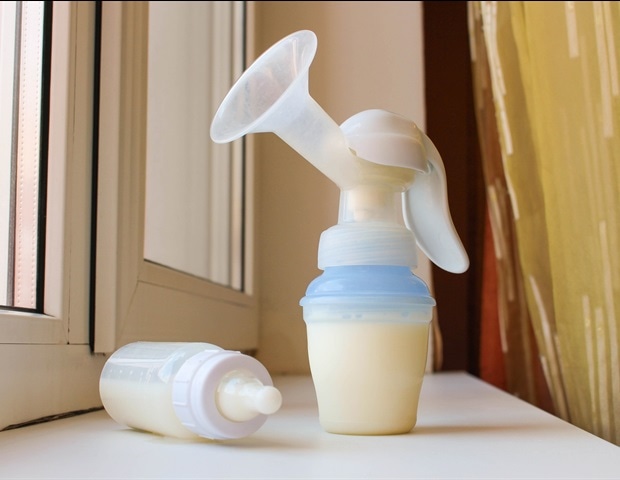In a recent study published in the Labor Economics Journal, researchers investigated the effects of the 14-week paid maternity leave mandate in Switzerland.

Study: Mothers at Work: How Mandating a Short Maternity Leave Affects Work and Fertility. Image Credit: Makistock/Shutterstock.com
Background
The rates of females joining the labor force have substantially increased over the past decades in high-income countries, paralleling the adoption of family-friendly policies, including paid maternity leave.
There is a lack of understanding of the value of paid maternity leave immediately after childbirth. A shorter leave may not help meet the needs of working parents. Whereas an extended leave could be valuable, especially when finding alternative care becomes challenging.
About the study
In the present study, researchers assessed the impact of the first federal paid maternity leave on women’s labor market outcomes and subsequent fertility in Switzerland.
They compiled a dataset linking the social security register, census, and vital statistics register. The team created two samples of females who gave their first birth before or after the paid maternity leave mandate was introduced on July 1, 2005.
The pre-reform cohort comprised females who gave birth to their first child between January and March 2005, whereas the post-reform cohort comprised mothers of children born between July and September 2005.
Females aged 15-45 at the time of birth with Swiss nationality who were not residents of the Geneva canton were included.
The researchers applied a difference-in-differences approach to estimate the causal effect of the maternity leave mandate on labor market outcomes and subsequent fertility of first-time mothers.
First-time mothers from the same three-month periods (January to March and July to September) in the preceding year (2004) served as controls.
Findings
The pre- and post-reform cohorts comprised 5,119 and 5,412 subjects, respectively. The two cohorts had similar participation rates in the labor force, employment rates, monthly income, and cumulative work experience one year before birth.
The federal mandate had no significant effect on employment before or after the first birth.
Unemployment and labor force participation estimates were quantitatively even smaller. The real income of those covered by the mandate increased before and after birth.
Monthly real income increased by over 4% in the months before birth, which could be interpreted as anticipatory effects of the reform. Moderate positive effects in job continuity were evident.
Females covered by the reform were more likely to continue working for the pre-birth employer during pregnancy and for a medium term after their first childbirth. The federal mandate increased subsequent fertility to a great extent. Post-reform females were two percentage points more likely to have a second child two years after the first.
The authors noted that females covered by the mandate accumulated significantly higher earnings during pregnancy, after the end of maternity leave, and in the medium run after the first birth.
Females from cantons with high childcare availability reacted more strongly to the mandate than those living in cantons with low availability. The cumulative financial impact of the mandate was similar six months after birth between cantons with low and high childcare availability.
The mandate did not directly affect females working in firms that already provided a similar paid maternity leave but significantly reduced the employers’ costs of providing the leave.
In the pre-reform cohort, 70% of females were employed in firms offering a similar paid maternity leave and had considerable positive earnings in the first three months post-birth.
For firms offering the leave before the reform, the mandate allowed them to reduce costs and potentially pass on additional funds to their female workers.
Females working in firms without prior paid leave were differently affected by the reform. They showed no significant effects on subsequent fertility, but the mandate increased their earnings in the short and long run.
Conclusions
Taken together, the paid maternity leave mandate had minor temporary effects on the employment and earnings of females after their first childbirth.
Only those working in firms without prior paid leave showed changes in earnings that lasted in the long run; their monthly income increased by up to 280 Swiss francs post-birth.
The mandate caused a significant impact on subsequent fertility; females covered by the reform were three percentage points more likely to have a second child 30 months after their first.

 PARENTING TIPS
PARENTING TIPS







 PREGNANCY
PREGNANCY








 BABY CARE
BABY CARE








 TODDLERS
TODDLERS








 TEENS
TEENS








 HEALTH CARE
HEALTH CARE







 ACTIVITIES & CRAFTS
ACTIVITIES & CRAFTS








 CONTACT
CONTACT ABOUT
ABOUT


